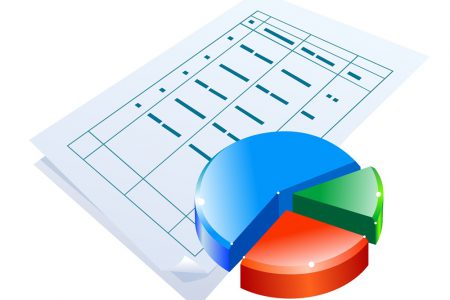CompTIA A+ 220-1001: Working with Peripheral Devices
This course explores peripheral devices and information on the various types of hardware that can be connected to your computer. Features and functions of each of the types of hardware are also covered. Devices covered in this course are: printers including laser dot matrix and inkjet; scanners including flatbed and barcode; monitors including the two main types cathode ray tube (CRT) and liquid crystal display (LCD); a relatively new peripheral device the virtual reality or VR headset; and external optical drives; mice and keyboards with additional features. Learners observe touchpads and signature pads; game controllers; digital cameras and webcams; microphone and speakers; projectors; implementing several methods of external storage drives; KVM switch (stands for keyboard video and mouse) a physical device that allows a user to control multiple computers but with a single set of peripherals specifically your keyboard your mouse and your monitor; magnetic and chip readers; and Near Field Communication (NFC). Conclude the course with an informative discussion about smart card readers. This course can be used to help prepare for the 220-1001: CompTIA A+ certification exam


